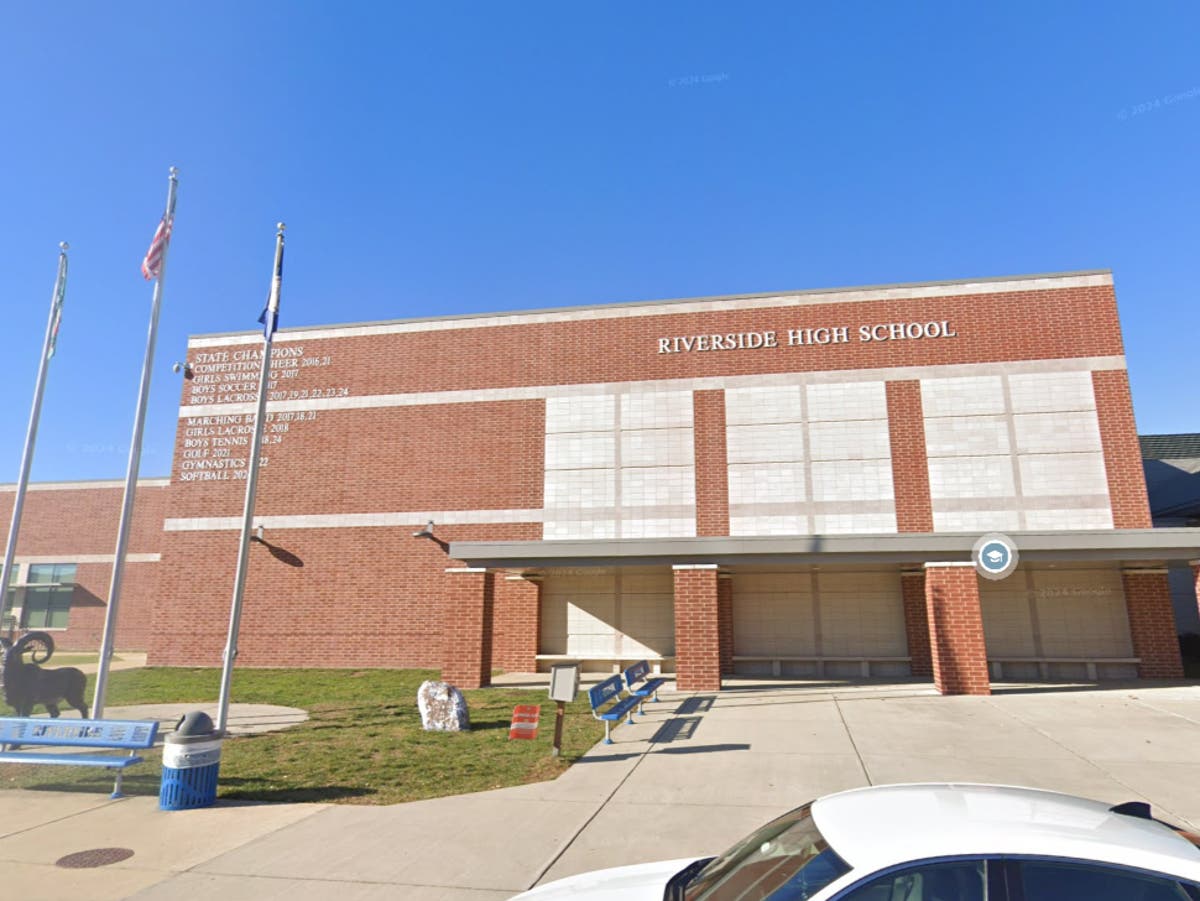
Oldest schoolhouse for Black children in US moved to museum
The IndependentFor free real time breaking news alerts sent straight to your inbox sign up to our breaking news emails Sign up to our free breaking news emails Sign up to our free breaking news emails SIGN UP I would like to be emailed about offers, events and updates from The Independent. “Religion was at the heart of the school, and it was not a gospel of abolition,” said Maureen Elgersman Lee, director of William & Mary’s Bray School Lab. “And for us, it’s so important to put it back and tell the full and true story.” The Bray School was exceptional: Although Virginia waited until the 1800s to impose anti-literacy laws, white leaders across much of Colonial America forbid educating enslaved people, fearing literacy would encourage their liberty. Inside the schoolhouse, the original post at the bottom of the walnut staircase still stands, its square top rounded and nicked from centuries of use, Webster said, adding that it’s a “very powerful piece for a lot of people.” For Tonia Merideth, the Bray School Lab’s oral historian, the building stirred up many emotions upon her first visit. They were able.” Merideth added: “Regardless of the intentions of the school, the children were still taking that education and possibly serving it for their own good and aiding in their community.” Merideth can trace her roots to the Armistead family, which enslaved people in the Williamsburg area and is known to have sent at least one child, named Locust, to the Bray School.
History of this topic

Inside a 1760 schoolhouse for Black children is a complicated history of slavery and resilience
The Independent
Oldest schoolhouse for Black children in US moved to museum
Associated Press
Historic Black children’s school receives $5 million grant
Associated Press
Colonial Williamsburg restoring school for Black children
Associated Press
Research lab to focus on school for Black children in 1700s
Associated Press
Discovery Of Schoolhouse For Black Children Now Offers A History Lesson
NPRDiscover Related








